Haki has always been an omnipresent concept in One Piece, although it was not properly understood until Rayleigh introduced it to Luffy during the latter’s training on Rusukaina Island. There, all three types of Haki were explained:

- Color of Armament Haki (Busoshoku no Haki)
- Color of Observation Haki (Kenbunshoku no Haki)
- Color of Conquerors Haki (Haoshoku no Haki)
While this concept of Haki was seemingly new, it did not take long for Luffy (nor for us readers) to realise that Haki had in fact already been hinted at on several instances throughout the series. This of course goes to show that Oda never writes anything at random.
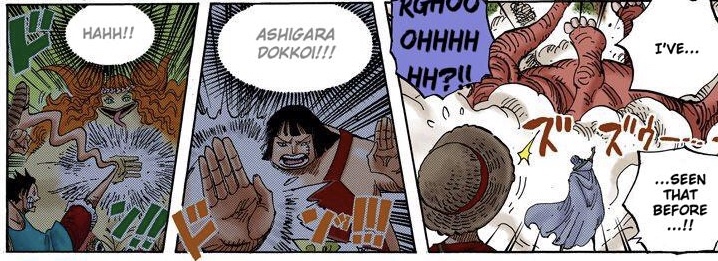
Once again, after the time-skip, we were quickly introduced to a subtype of Armament Haki: Hardening, and most of us assumed this was a superior type of Armament Haki, more powerful than the supposedly weaker invisible one.
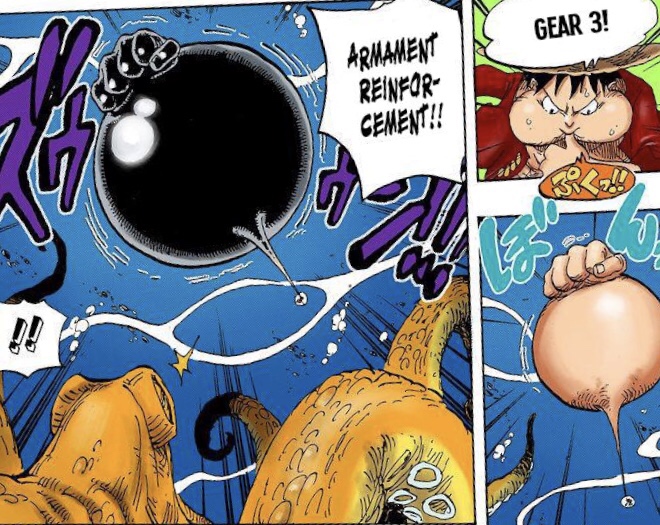
This belief remained an obviousness within the fan community for a very long time, until we were finally introduced to another subtype of Armament Haki during the Wano Arc: Flowing Armament Haki, which seems to be visually indicated by a shockwave.

And just like when Haki was first introduced, both Luffy and the readers realised that this shockwave type of Armament Haki had already been shown — and far more than once!

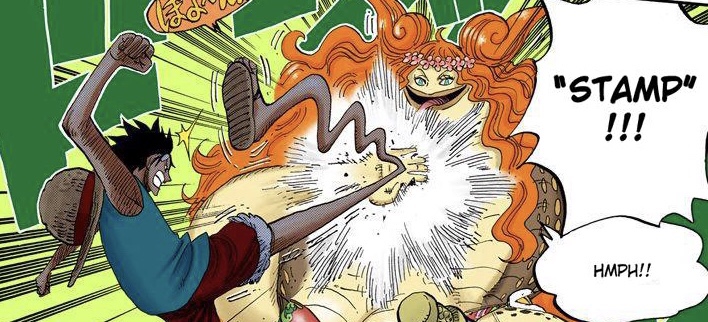

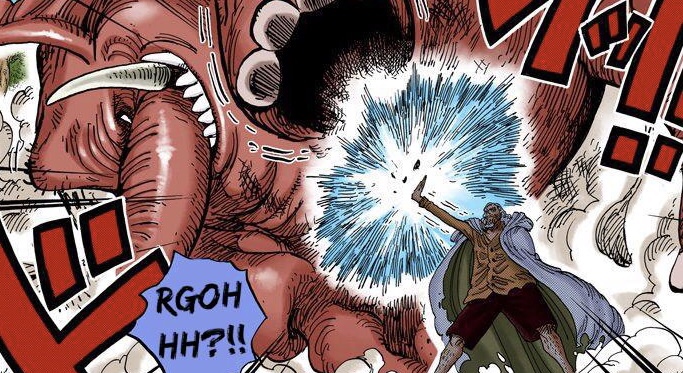
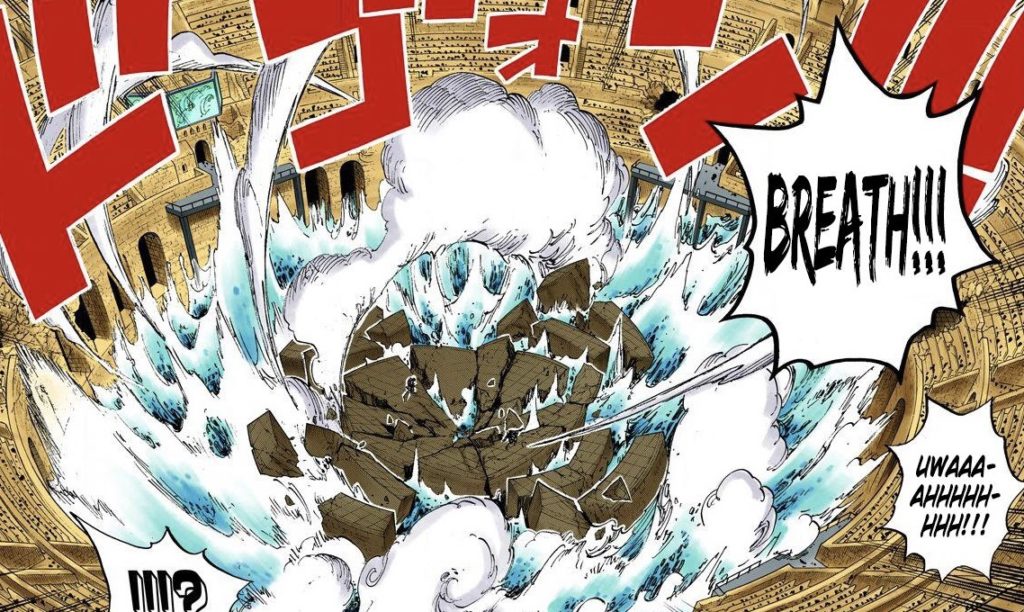
Just like Hardening, Flowing can also be used not only by brawlers, but also by swordsmen. In this speculation, we will particularly delve into the relationship between Flowing Armament Haki and swordsmanship. We will first have a look at the basics of this new type of Haki and Zoro’s relationship with it, before moving on to a broader approach as well as the notion of black blades. And I’m afraid it will be quite lengthy, so brace yourselves
I. To Cut, or Not to Cut: That is the Question
In Chapter 939, Hyogoro took it upon himself to explain Flowing Armament Haki (henceforth abbreviated as FAH) to Luffy. Here’s what he said:
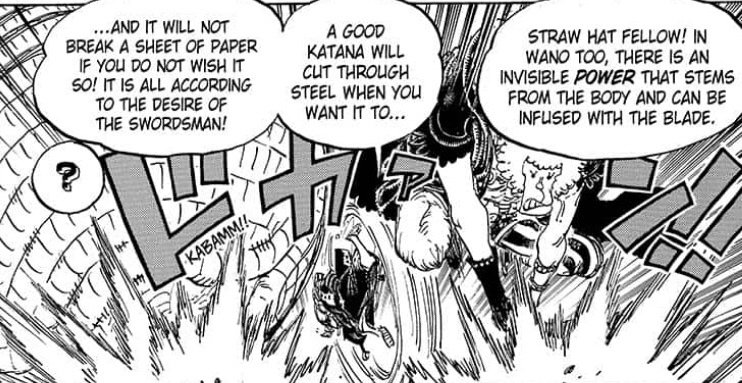
VIZ: “A good katana will cut through steel when you want it to… and it will not break a sheet of paper if you do not wish it so! It is all according to the desire of the swordsman!”
Please remember that Hyogoro states it is according to the desire/will of the swordsman…
The keenest readers will of course have remembered that this very lesson was given by the swordsmanship teacher Koshiro to Zorowhen he was still his student.
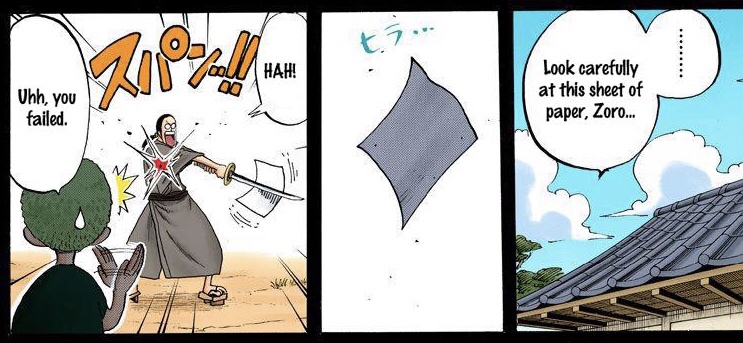
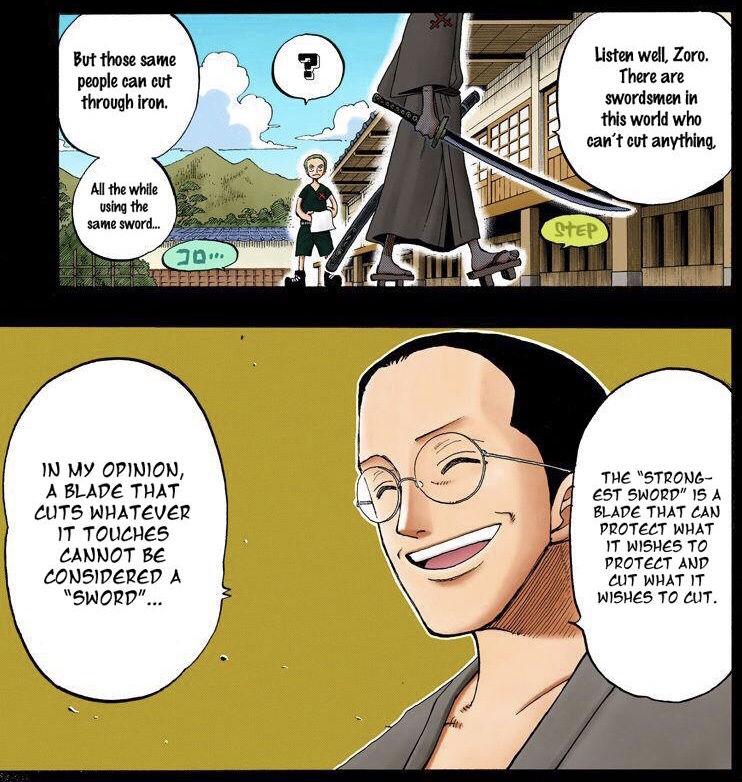
VIZ: “Listen, Zolo. There are swordsmen in the world who are able to not cut anything. These same swordsmen also have the ability to cut through steel. And with the same instrument.” The two statements are incredibly similar, apart from some syntactical differences…
Side note on the relationship between Hyogoro and Koshiro:
SpoilerIn Chapter 940, Hyogoro goes on to explain that FAH is actually a specialty of Wano.

It seems obvious that Koshiro is from Wano; or if not himself, then his ancestors at the very least. This is corroborated by the fact that the village Koshiro is from, Shimotsuki Village, bears the same name as Shimotsuki Yasuie (otherwise known as Tonoyasu), the former daimyo of the Hakumai region of Wano. Oda also confirmed that a ship left Wano and reached the East Blue a few decades ago, and that its occupants settled in the region.
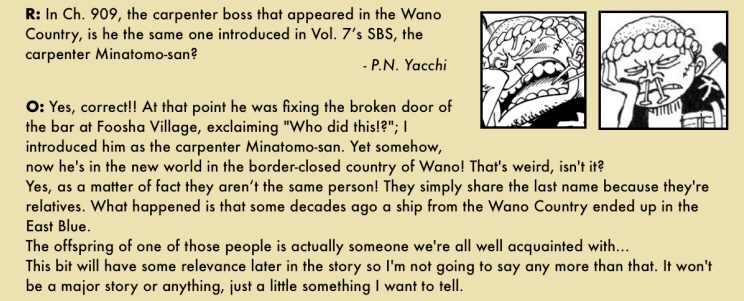
Some people could think it refers to Zoro, since he is also from Shimotsuki Village, but then again, Oda especially adds that it will not be a major plot point. Which makes Koshiro and his daughter Kuina pretty good candidates for this reveal.
1. Zoro vs. Mr. 1
Anyway, back to the main theory. In Alabasta, during his fight against Mr. 1, Zoro actually showcases FAH for one of the first times in the series (cough cough… keep reading). After remembering his teacher’s lesson, Zoro effectively chooses not to cut the palm leaf, but to cut the rock next to him… Even though a rock is much harder than a palm leaf.
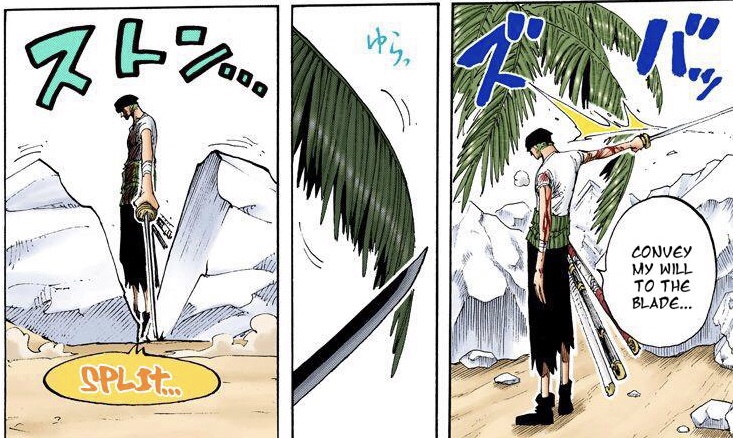
Also notice how Zoro mentions that the sword answers his will/desire… just as Hyogoro explained. It is also the point Koshiro tried to teach Zoro: the greatest swordsmen can choose to cut or not to cut.
2. Zoro vs. Monet
However, this isn’t the only instance we see Zoro using FAH. After the time-skip, in Punk Hazard, Zoro comes across the snow woman Monet… and slices her in two.

Although it appears to be a normal slash at first, it should be noted that Monet is incapable of gathering her two halves together as a Logia user would.
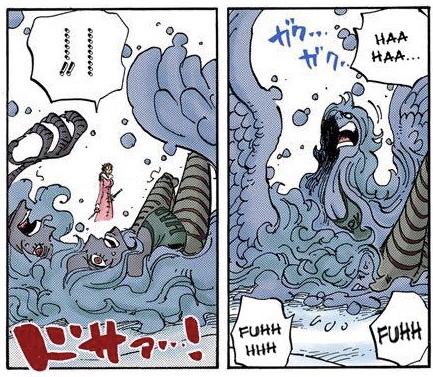
This goes to show that Zoro used Armament Haki, which is known for neutralising the intangibility of Logia users. Here, Zoro used FAH with such skill that he chose to cut Monet’s Logia powers, and not to cut her real body.

And when Tashigi asks wether he used Haki or not, Zoro does not even bother answering. It would appear that Zoro has trained his FAH during the time-skip, to the point that he has reached quite a skilful level with it. Not too surprising given that Armament Haki was stated to be his field of expertise:
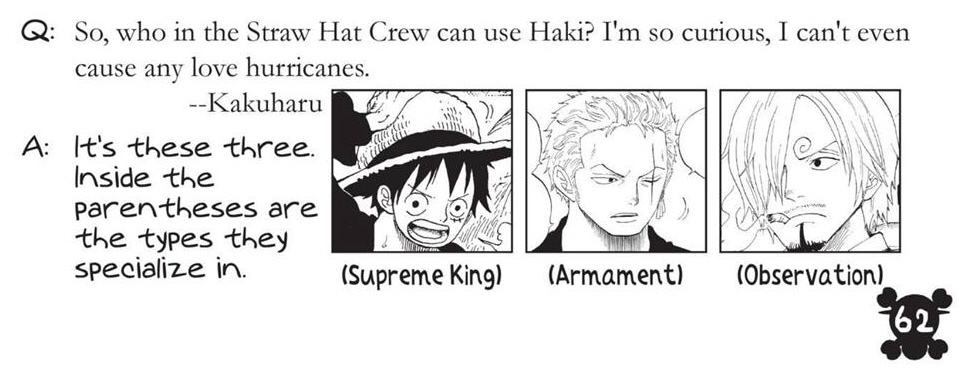
3. Desires and the Flow of Power
Let us take a look back at Hyogoro’s explanation of FAH: “It is all according to the desire of the swordsman!”
Notice how Hyogoro uses the word “desire” in place of “will”. This may actually draw the curtain on the reason behind the names of some of Zoro’s techniques.
As you might (must) know, most of Zoro’s flying slash techniques follow the same naming scheme: “{NUMBER} Pound Phoenix”. Here are some examples:
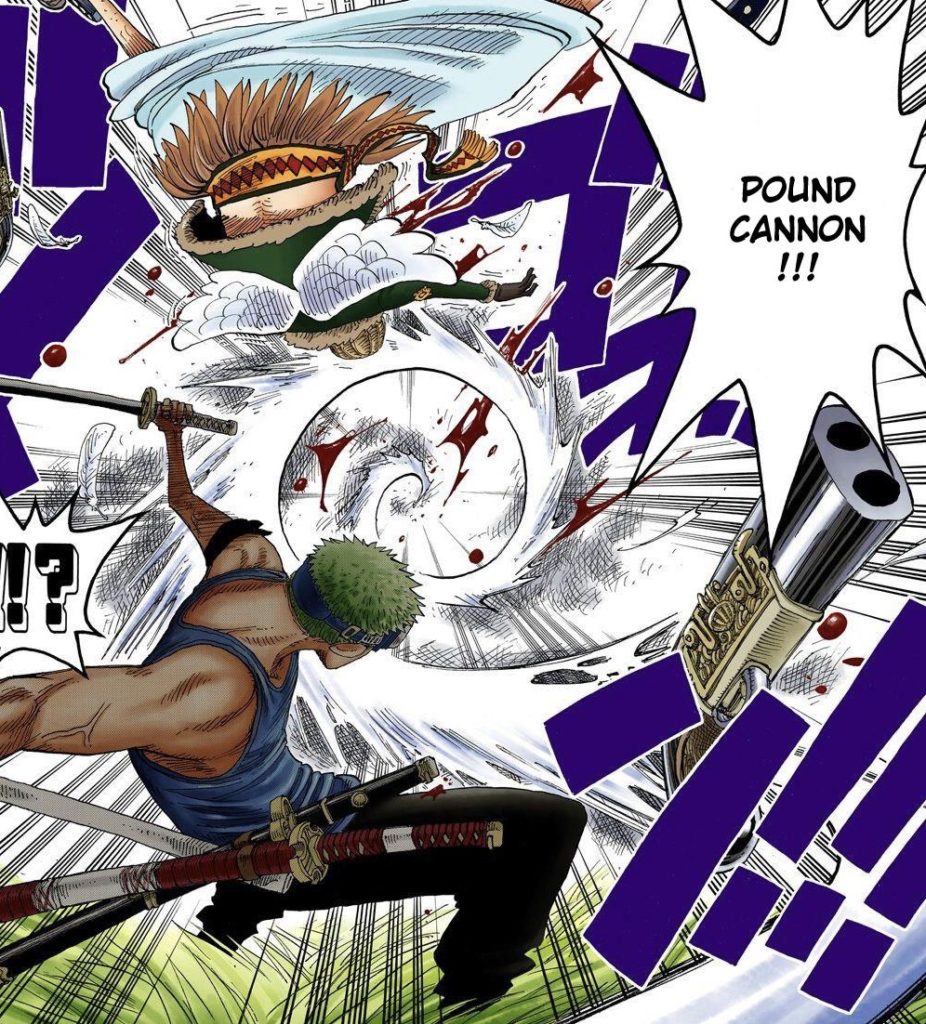
36 Pound Phoenix.
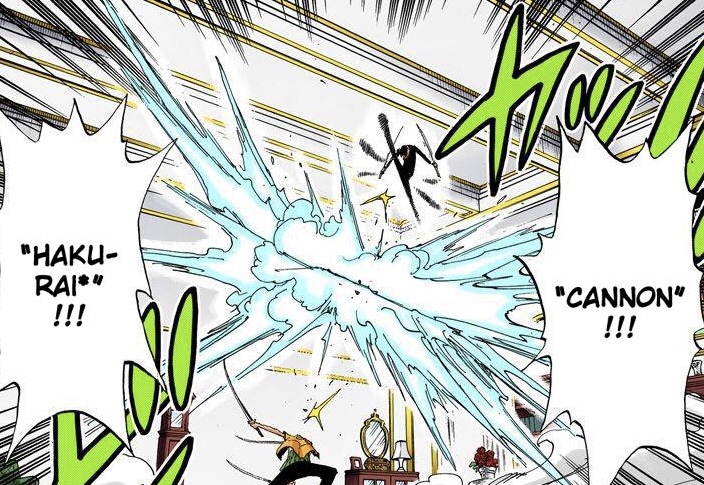
72 Pound Phoenix.
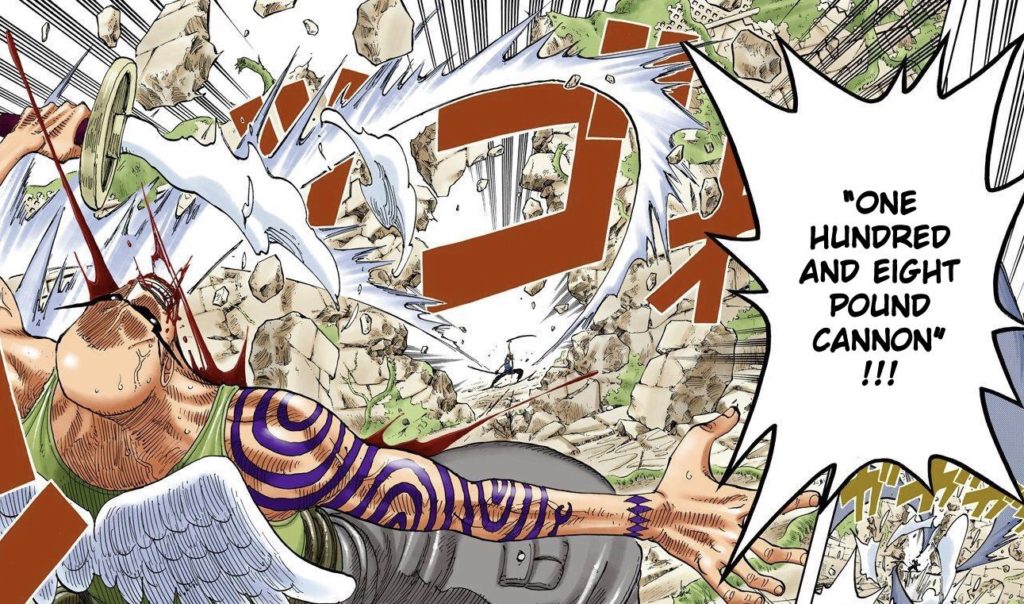
108 Pound Phoenix.
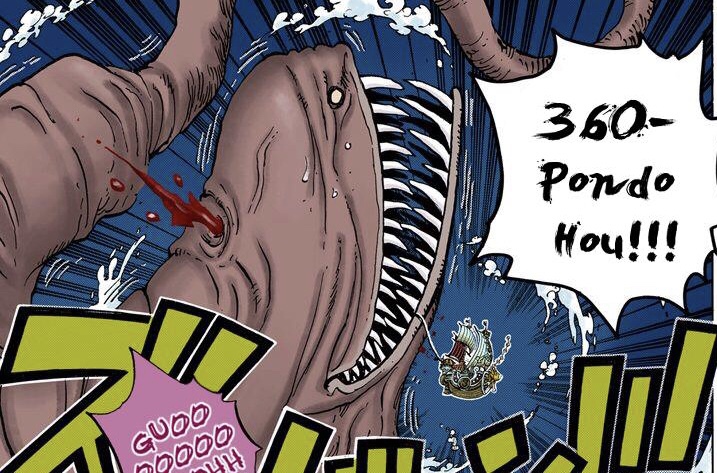
360 Pound Phoenix.
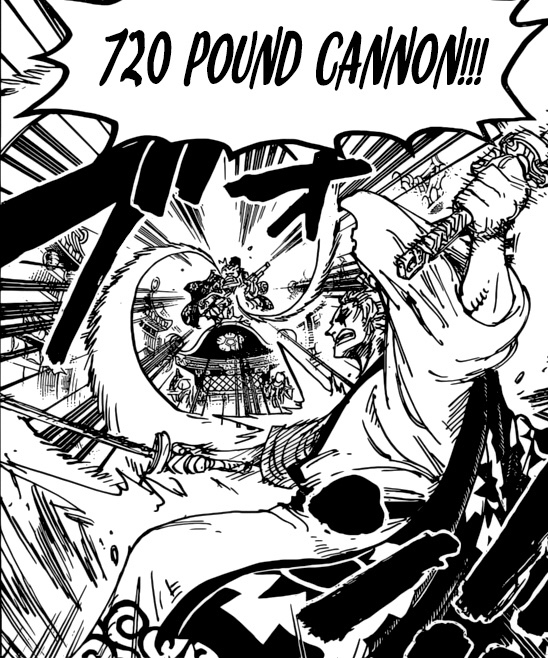
720 Pound Phoenix.
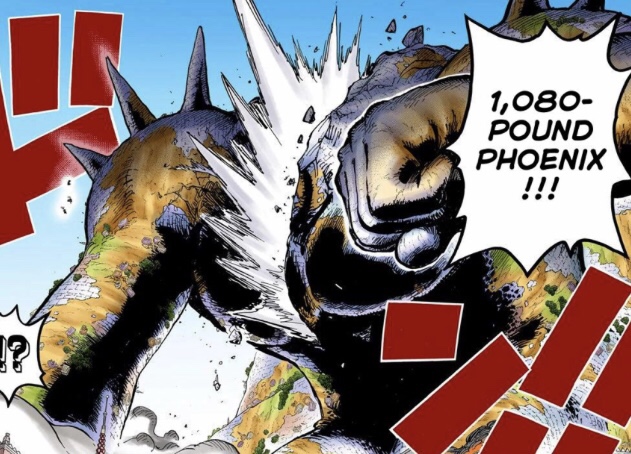
1080 Pound Phoenix.
These numbers are a reference to the 108 Earthly Desires from Japanese Buddhism. In Japanese Buddhism, one must overcome these 108 Kleshas (as they are called) in order to achieve Nirvana and enlightenment. 36 is one third of 108, while 72 is two thirds of 108, referencing the number of swords Zoro uses in the technique. After the time-skip, the numbers each become ten times bigger.
It is rather easy to reach the conclusion that the bigger the number, the stronger the attack. Therefore, it would seem the more desires a swordsman puts into their attack, the stronger it will be when using FAH.
Perhaps this is the reason why Mihawk was so impressed by Zoro when they first met — because he felt the power of Zoro’s inner desires and managed to grasp his entire potential.
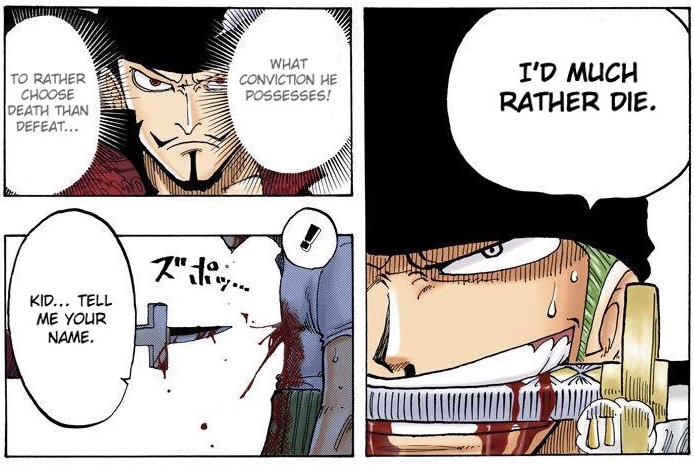
Lastly, notice how Zoro only names his flying slashes that way, with 36 Pound Phoenix actually being his first flying slash ever. Let us now take back at the effect of FAH when used by a brawler.
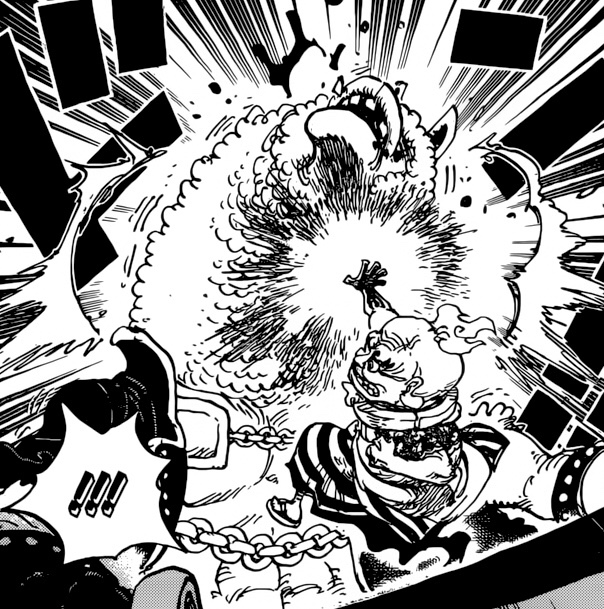
That’s right. A shockwave. The names of Zoro’s flying slashes suggest flying slashes are the swordsmanship version of the FAH’s shockwave; in either case, a long-range attack.
II. The Might of Black Blades
Let us go back one more time to see what Hyogoro told us about FAH:
- It allows a swordsman to choose to cut or not to cut.
- It answers to a swordsman’s will and desires.
1. Ryuma the Mighty Blade
Furthermore, before showing Luffy is very own FAH, here is what he told him:
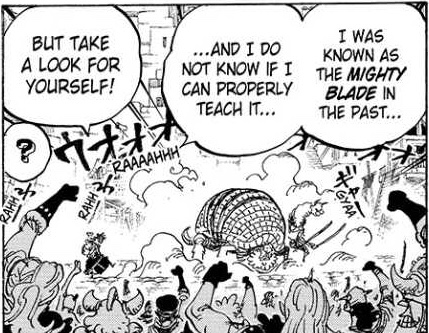
While this might seem out of context for Hyogoro to say, it is very interesting, because the “mighty blade” term has been used on two instances so far, both of which are linked to the FAH.
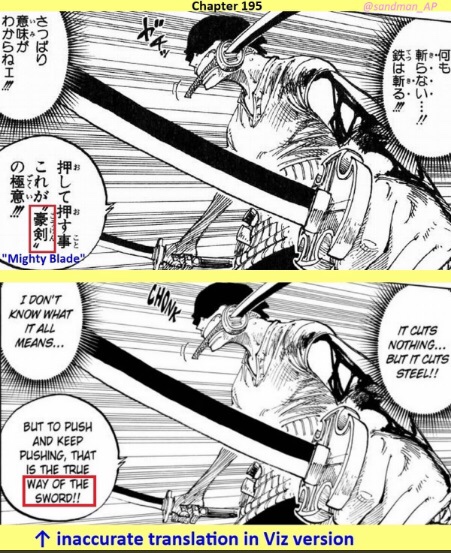
Firstly, it was mentioned by Zoro as he was pondering on the meaning of Koshiro’s lecture — that a true swordsman can choose to cut or not to cut. This goes to show that the title of “mighty blade” is indeed linked to the FAH.
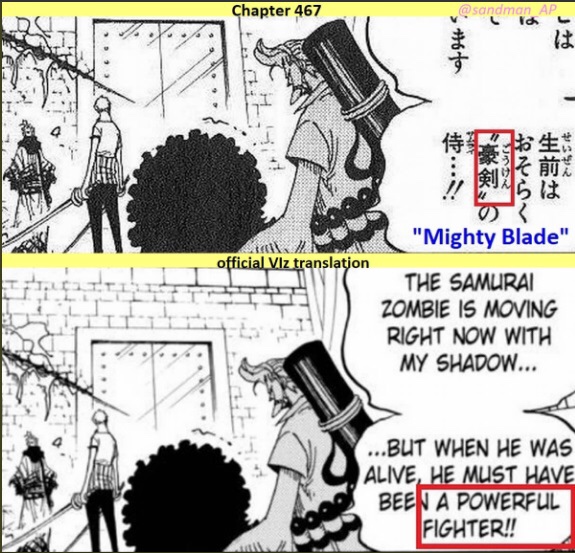
And secondly, it was used by Brook to refer to Ryuma, a legendary swordsman from Wano, who must have been knowledgeable about FAH given how Hyogoro told us it is a specialty of the country. For Ryuma to be called a mighty blade, just like Hyogoro, is a proof that he too had FAH.
But then again, here is the real proof he does:
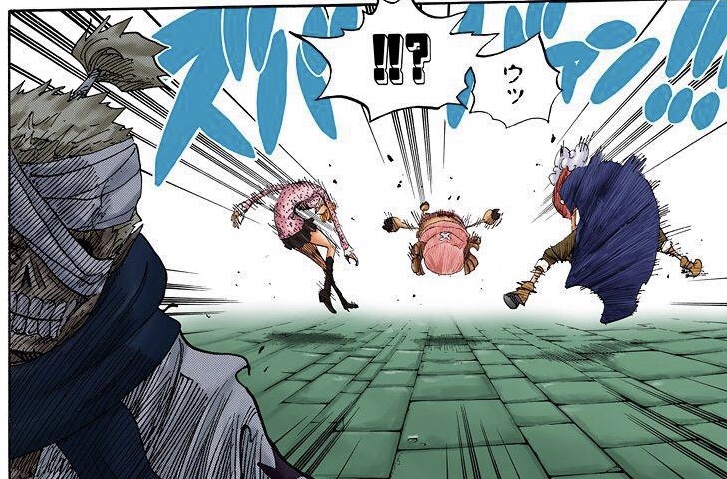
As you can see, Ryuma clearly seems to have slashed Nami, Usopp and Chopper, yet they are perfectly unharmed!
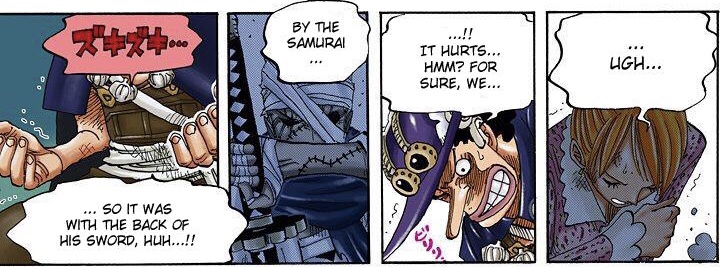
This is definite proof that Ryuma has FAH, and he chose not to harm Nami, Usopp and Chopper with his slash while still cutting them! Of course, Usopp, who does not know about FAH, simply assumed that he was hit by the back of Ryuma’s sword; but the truth is in fact entirely different. When you think about it, it is no wonder that Ryuma, who is collectively regarded as the strongest samurai in history, was very skilled in FAH.
Another scene in which Ryuma might have used FAH is this one, where he attacked Zoro with a sword-breaking technique, a one-of-its-kind technique that we’ve never seen again. This is still up to speculation though.
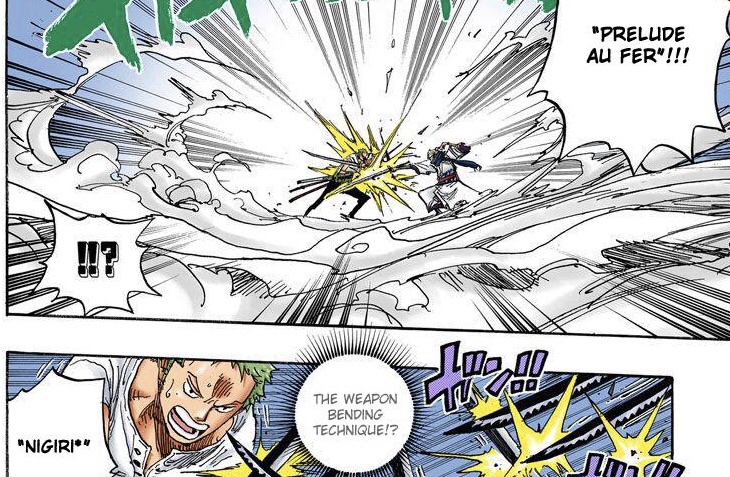
2. Shusui the Black Blade
The very chapter in which Luffy first brought up FAH also introduced us to another concept: black blades. According to Gyukimaru, who seems to specialise in bladed weapons, Shusui wasn’t forged as a black blade, but became one during Ryuma’s many battles.
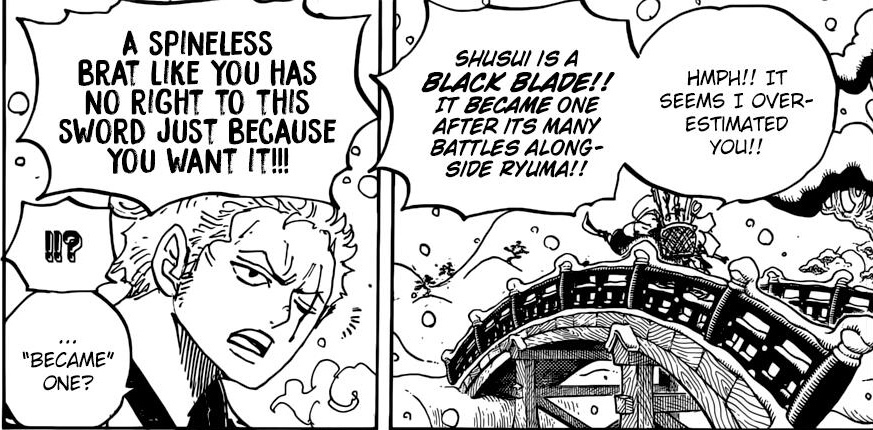
Let us what are Shusui’s characteristics as presented by Zoro.

VIZ: “Hardness is one of the special characteristics of the black blade.” This fact, along with the colour of the blade, makes us think that Hardening Armament Haki is linked to black blades. More on that later.
As a side note, VIZ: “It won’t bend one bit even if a dinosaur steps on it” might be the foreshadow of a fight between Zoro and a dinosaur Zoan user… Possibly Queen, since the brachiosaurus is known as one of the heaviest dinosaur in history?
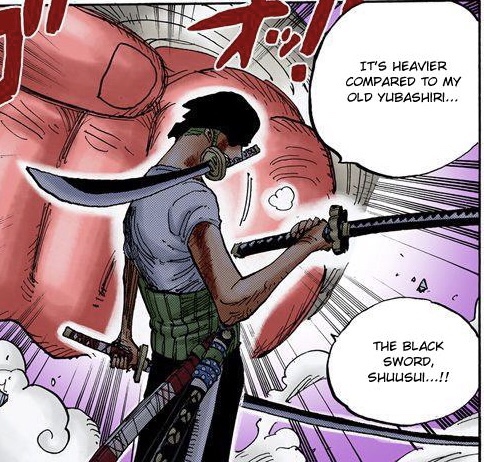
Shusui is also described as very heavy compared to Zoro’s other katanas.
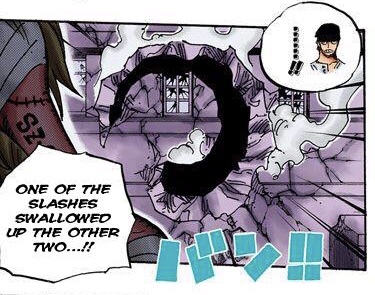
Lastly, when used in conjunction with the two other swords in order to execute the “108 Pound Phoenix” technique against Oars, the Shusui is shown to have absorbed the power of the other blades and channelled it into a much stronger attack.
Since we have already established that the “Pound Phoenix” techniques have a relationship with FAH, it would seem that black blades are linked to FAH as well.
Now going back to Gyukimaru said, he mentioned that Shusui became a black blade. This seemed to surprise Zoro, who specifically raised up this point.
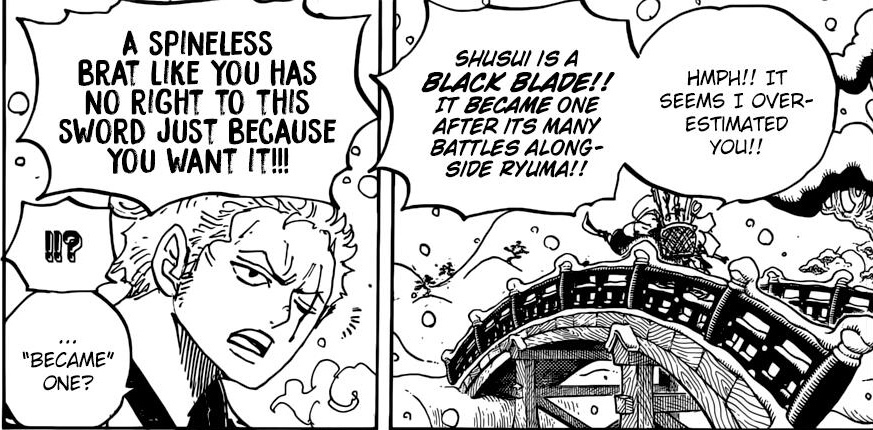
This reaction comes from the fact that Zoro already knows about this concept, since he was already told about it by Mihawk himself during the time-skip. According to him, any sword could become a black blade.
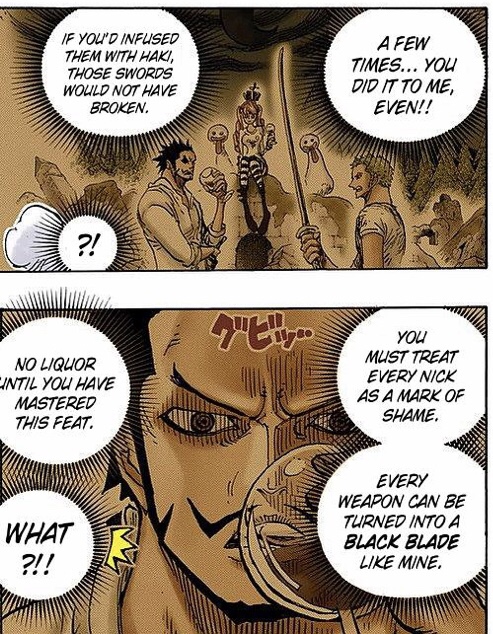
While we do not know much about black blades as of now, we can state with certainty that they become black through battle; in particular, through channelling FAH and Hardening into them. And this is exactly what Zoro did during his battle against Pica:
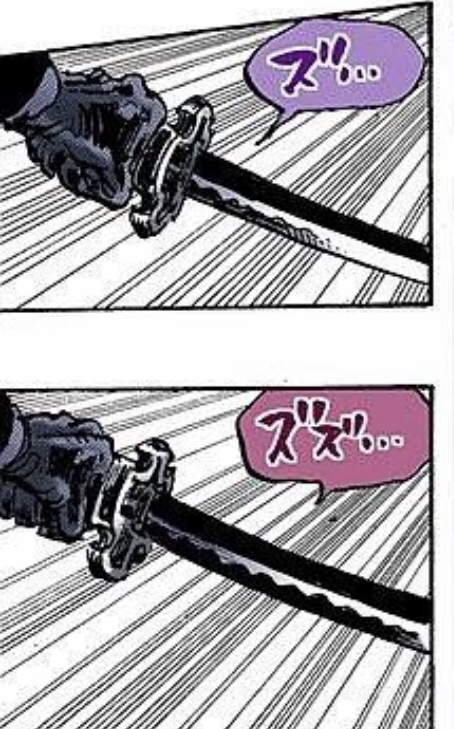
As you can see, the markings here on Zoro’s katana are the same as the ones on Shusui…
3. Yoru the Black Blade
However, there is another black blade that we know of (and that we have known about since the beginning of the series): Yoru, Mihawk’s sword.
Given that Mihawk possesses a black blade, and how he is knowledgeable about the processus of turning normal blades into black blades, it is fair to assume that Mihawk is skilled in FAH as well.
In fact, keeping this in mind, I was able to find two instances on which Mihawk used FAH.
The first one was the opening sequence of the Battle of Marineford, during which he launched a flying slash right at Whitebeard.
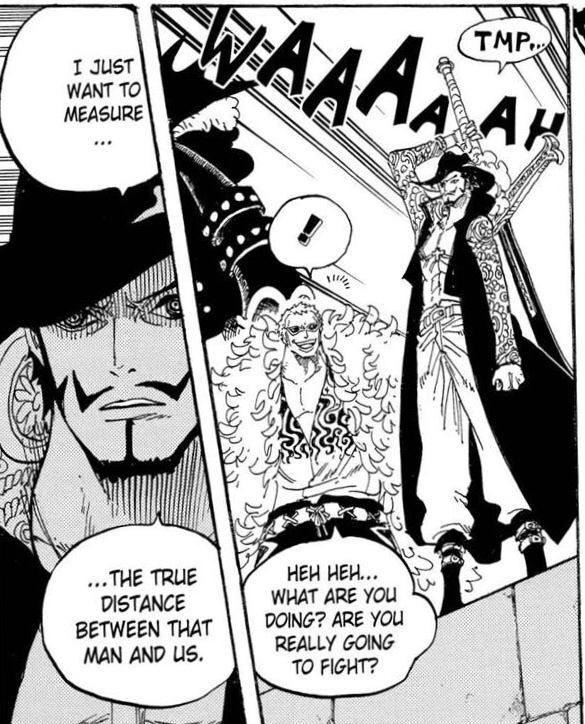

Since we know that Mihawk merely wanted to test the water, it is no surprise he’d use FAH — he does not necessarily want to kill Whitebeard. This is further shown when Jozu blocks the slash, but is not cut down even though Haki neutralises Devil Fruit powers? That is because Mihawk chose not to cut Jozu.
And the second instance is actually the very first time in the series FAH was used! You got it, it was against Zoro!
After successfully breaking Zoro’s swords, Mihawk decided to wrap up the battle and unsheathed Yoru in order to deal him a lethal attack across the torso.
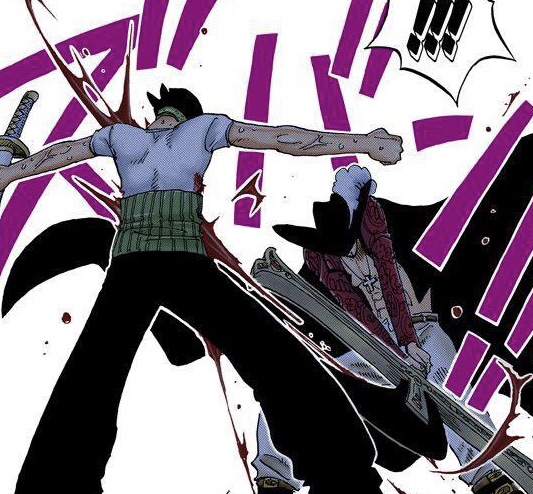
However, impressed with Zoro’s pride as a swordsman (who prefers to take the slash head-on instead of on his back, which would be shameful), he decided to let him live.
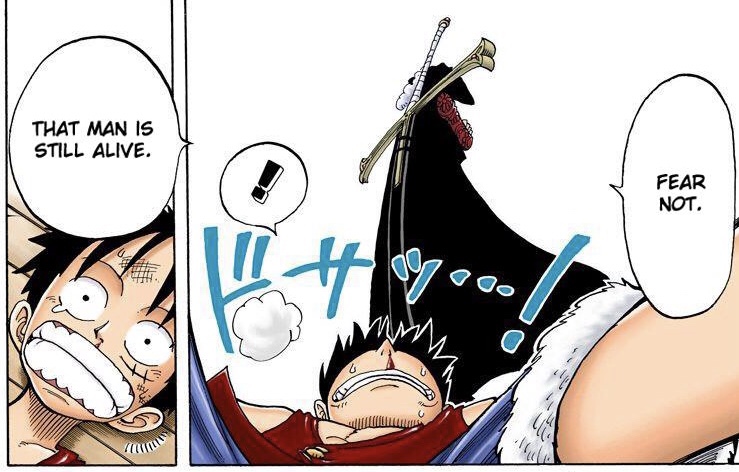
Using FAH, Mihawk chose to cut Zoro but not to kill him. As Koshiro and Hyogoro have been saying, that is the power of true swordsmen. And what truer swordsman than the World’s Greatest Swordsman?
4. The Clue to a Mystery?
However, I would like to go even further with this reasoning: the scene of Zoro surviving Mihawk’s slash because Mihawk chose not to cut him actually reminds of another, more recent scene.
In Chapter 933, a gruesome scene occurred, in which Komurasaki the Dayu was slashed down by the Yakuza Kyoshiro.
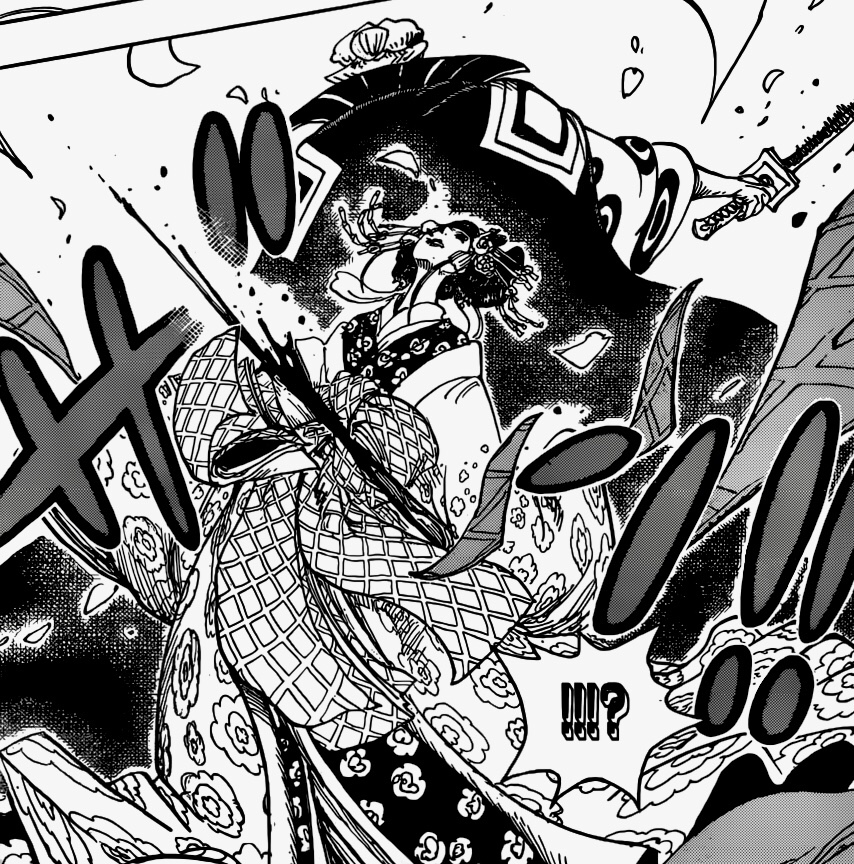
However, Komurasaki later showed up perfectly fine, and revealed herself to be Kozuki Hiyori, daughter of the late Lord Oden and sister of Momonosuke.
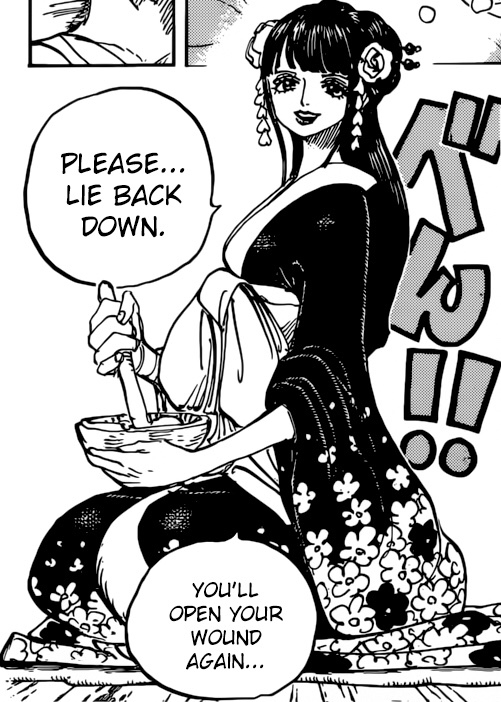
I’ll get straight to the point: Kyoshiro chose not to kill Hiyori, and, using FAH, managed to fake her death. This might be motivated by some secret agenda. A large part of the fan community believes Kyoshiro will attempt to betray Orochi later down the line, and the fact that he protected Oden’s daughter seems to prove that point.
This seems to indicate that Kyoshiro is skilful in FAH. This may also be corroborated by the fact that he managed to easily deflect Zoro’s “720 Pound Phoenix” attack on Orochi — which, as we have already established, has ties to FAH…
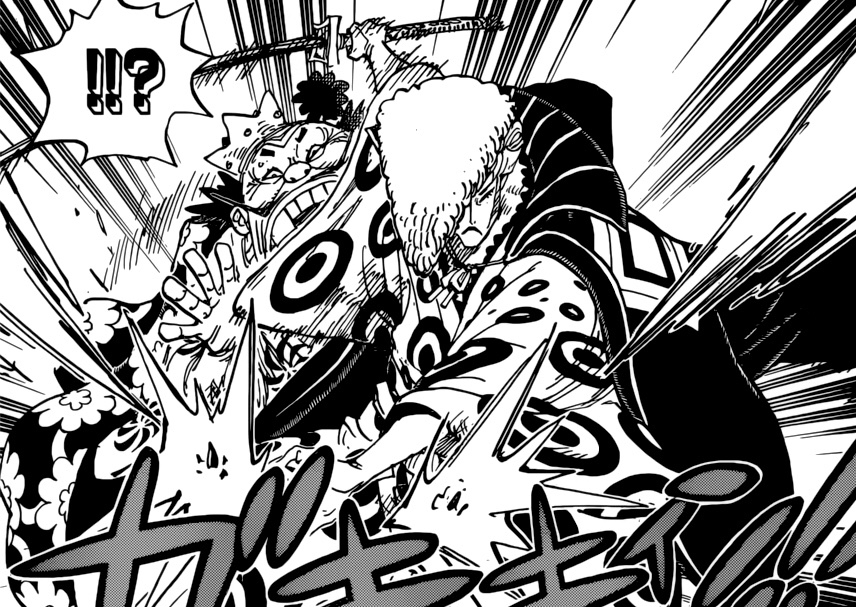
*Theory by Aloe Vera
